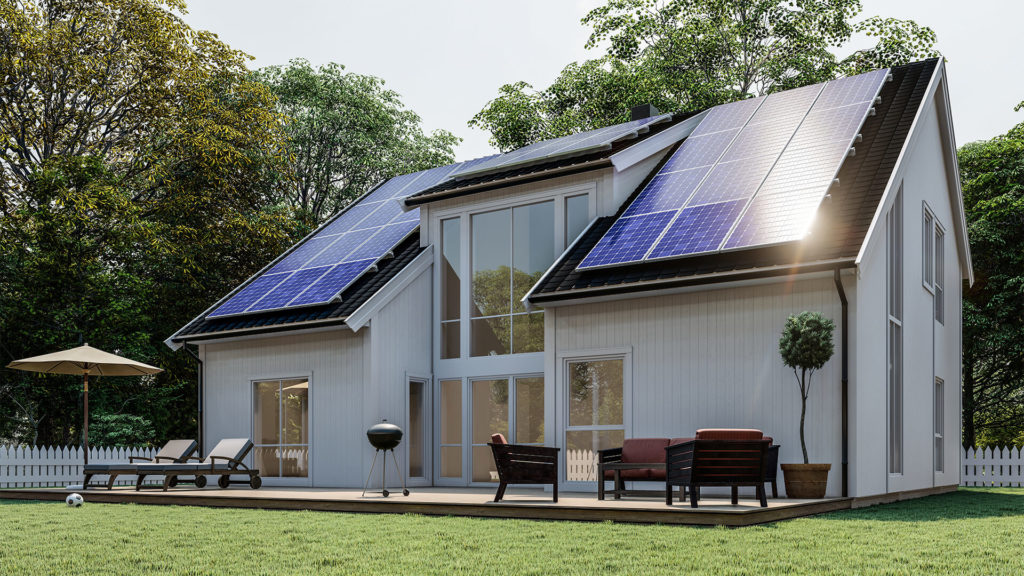When you want to make the switch to solar, it’s crucial that you know how many solar panels you need for your home. If not, you could overpay for capacity that you don’t need, or you could end up installing a system that fails to meet your home’s needs.
In this post, we’ll look at how you’ll calculate how many solar panels you need for your home.
Understanding Your Power Usage
The first step in figuring out how many solar panels you need for your home is understanding your power usage. So, you’ll need to know how much electricity you’re using at the moment and have some idea of how much your consumption will change in the future. Now, on average, Australian homes use about 15-20kWh per day, but this number can vary significantly from one home to the next.
With that in mind, your best option to calculate your electricity usage is by looking at your past electricity bills or the average readings from your smart meter. Once you know your average electricity use over the past few months, you can estimate your future usage by making adjustments as necessary.
Solar Panel Output Options
As solar systems become more popular, there are more manufacturers and, as such, competition in the market. In turn, this drives manufacturers to produce the panels with the highest output. For example, years ago, 100-watt solar panels were the norm, but now homeowners are increasingly installing 300 to 400-watt panels. Likewise, while the average solar system now is about 6.6kW, larger sizes like 8 and 10kW are becoming more popular and common.

Installation Considerations
Apart from understanding how much electricity you use, there are also two other important considerations that could impact the solar system you install. Firstly, you’ll need to consider how much roof space you have available. A standard 5kW solar system takes up about 25m² of roof space, with higher capacity systems needing more space. Based on your unique electricity requirements, you’ll thus need to ensure that you have enough space available.
You should also consider the orientation of the panels. Ideally, they should face north to get the most sunlight throughout the day. Keep in mind, though, that this is not a requirement and, in most cases, if your solar panels face northeast or northwest, it’s just fine. Furthermore, you can also consult to a solar installation company like sparkchangesolar which can provide you with ideas for installation considerations. Likewise, if needs be, you can also install your panels to face east, west, or south.
Calculating the Size of Your Solar Energy System
Let’s now look at the steps you’ll follow to calculate the size of your solar energy system:
- Your electricity usage. We’ve already looked at how you would go about calculating the electricity your home needs to meet your family’s needs.
- Sunshine hours. The next step is to find out how many sunlight hours your area gets. This is typically measured in peak sun hours and shows you how many kilowatt hours of electricity 1 kW of solar panels will produce. So, if your area gets 120 peak sun hours a month, a 1kW solar system will produce 120kWh of electricity per month.
- Calculation. When you know how much electricity you need and how many peak sunlight hours your area gets, you can calculate the size of the system you’ll need. To do this, divide your electricity usage by the monthly peak sun hours in your area. So, if you use 600 kWh of electricity per month and your area gets 120 monthly peak sun hours, you’ll need a 5kW system. You can then calculate the number of panels you need by first converting kilowatts to watts and then dividing this number by the output of the solar panels. So, for a 5kW, or 5,000W, system, you’ll need about 17 panels if the panels’ output is 300W.
To install the most effective solar system for your home, it’s crucial that you know what size of system and the number of panels you need. Hopefully, this post helped illustrate how you can calculate this. The only step remaining is to get in touch with your local solar installer.






